Explore in depth the impact of this attack on Aave, Ethena and USDe.
Write an article:Omer Goldberg, founder of Chaos Labs
Compiled by: Yuliya, PANews
After Bybit suffered a $1.4 billion hack attack, the cryptocurrency market faced a severe impact. How the DeFi (decentralized finance) platform responded to this largest hacking incident in history, as well as the potential risk of infection and USDe price fluctuations, has become the focus of attention in the crypto field. This article will delve into the impact of the attack on Aave, Ethena, and USDe, analyze how the DeFi system responded to the incident, and explore whether Proof of Reserves could prevent liquidation of more than $20 million.
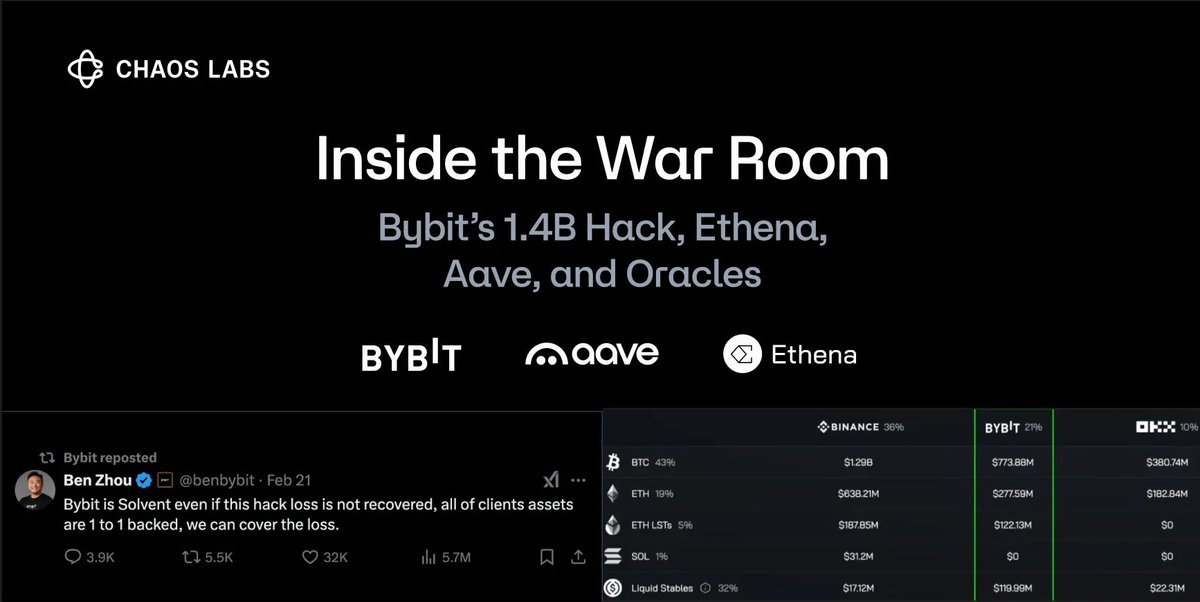
After the attack, the Chaos Labs team, together with bgdlabs, AaveChan and LlamaRisk, formed an emergency response team to assess the risks and systemic risks Aave may face.
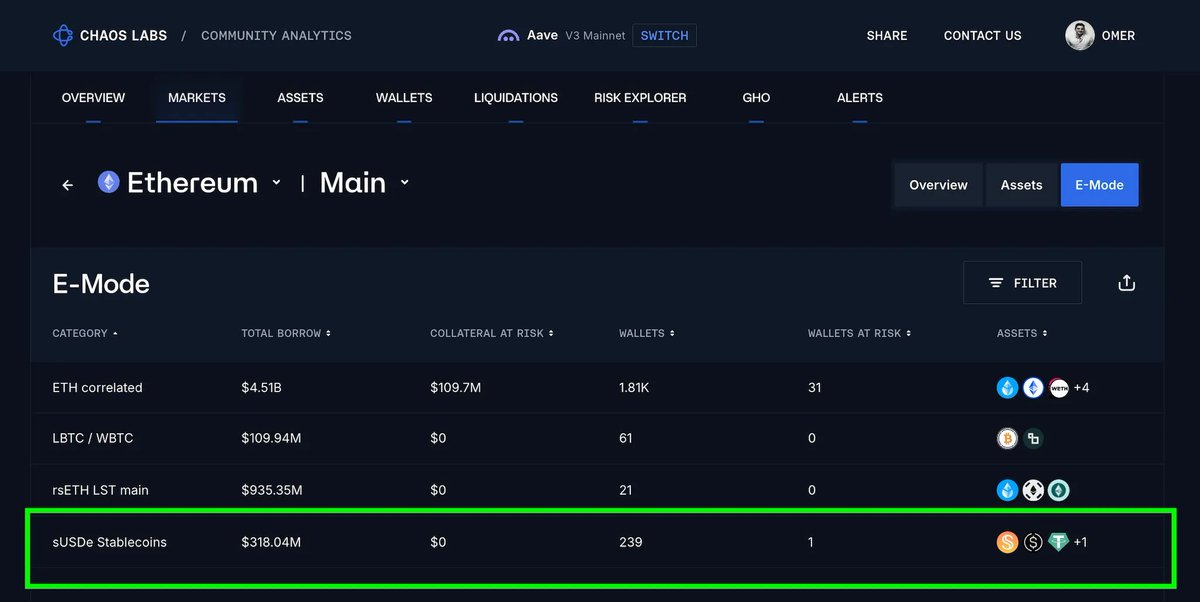
The emergency response team focused on several core issues: Bybit’s solvency status, whether there was a possibility of a larger attack, and the impact any bankruptcy or writedown might have on Aave, given sUSDe’s exposure.
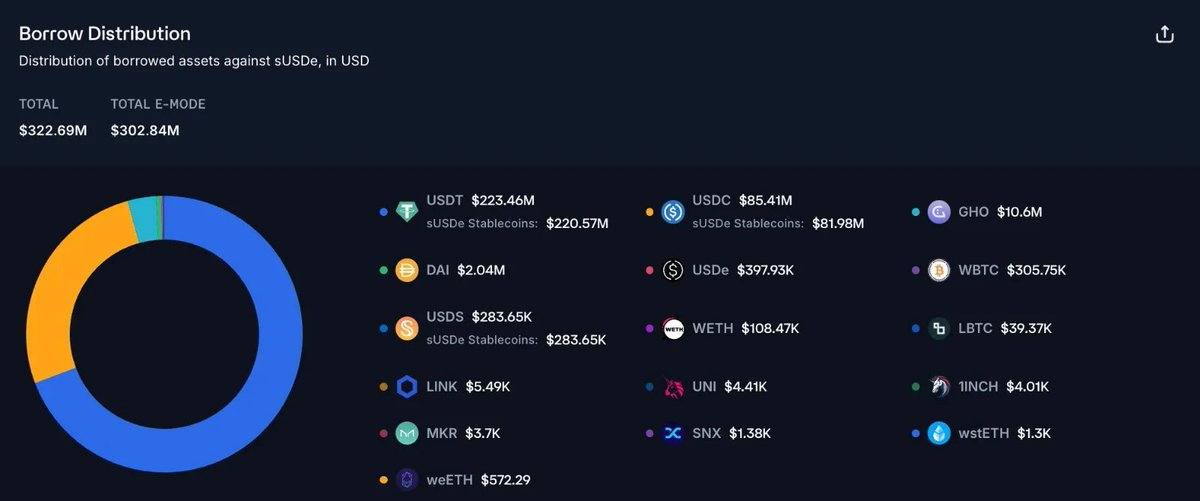
Ethena Labs confirmed that its funds were held through Copper.co, but the market remained concerned about the possible chain reaction of Bybit’s failure to cash in on profits and losses and whether USDe could face deeper decoupling risks.
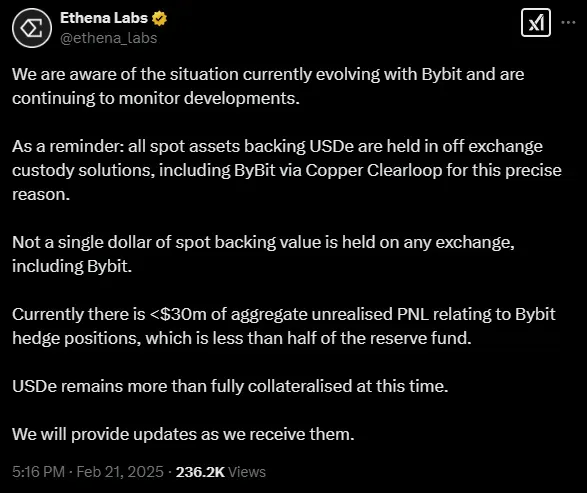
An analysis of Bybit’s bankruptcy risks shows that there are three main hidden dangers: exposure risk caused by USDe hedging failure, chain liquidation risk caused by falling ETH prices, and potential DeFi contagion risk.
This prompts relevant parties to accurately quantify losses to decide whether to take measures such as freezing the sUSDe market. Ethena’s ETH configuration at Bybit can be seen through the transparency dashboard, while Ethena Labs ‘collateral is securely stored off-site at Copper.co This escrow solution and over-the-counter settlement mechanism allow Ethena and USDe to effectively avoid bankruptcy risks similar to FTX exchanges.
Assuming that a $400 million “book” nominal ETH position cannot be closed and the ETH price falls 25% before Copper.co releases funds, Ethena could face an unhedged loss of $100 million. However, considering the $60 million insurance fund, USDe’s total support loss is expected to be only 0.5%.
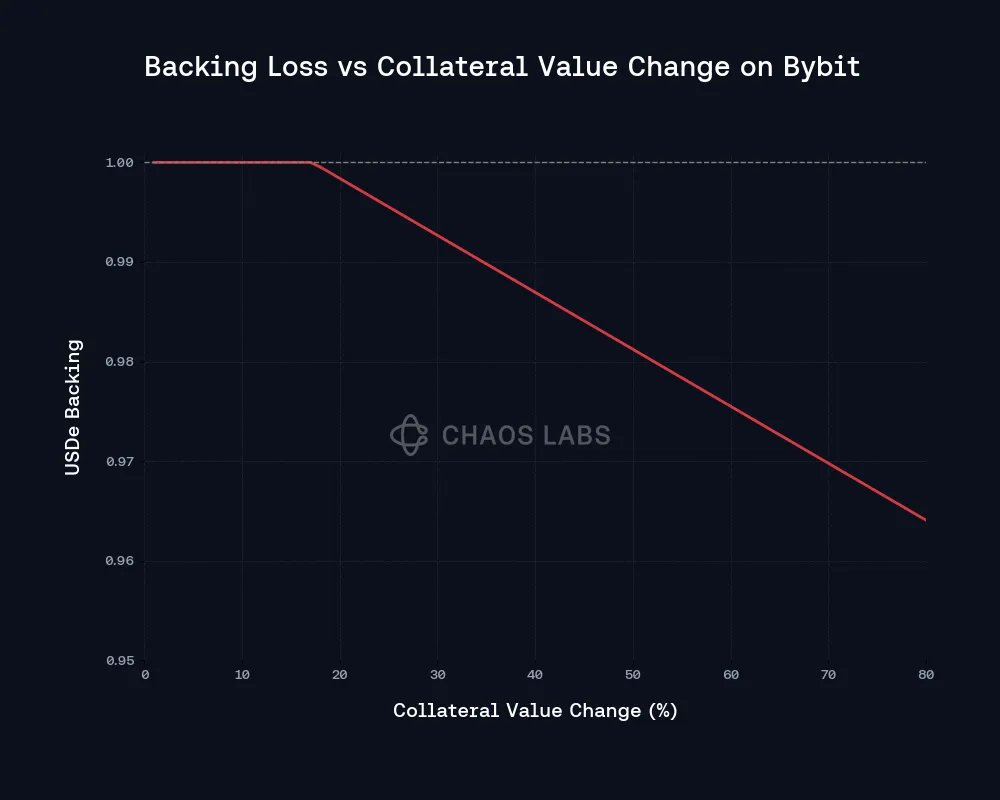
Based on the judgment that the risks are relatively controllable, Aave prepared a risk response plan and continued to monitor developments.
In terms of price, USDe showed obvious price deviations in different trading venues. On the Bybit platform, USDe/USDT once fell to US$0.96 due to panic selling and lack of immediate arbitrage.
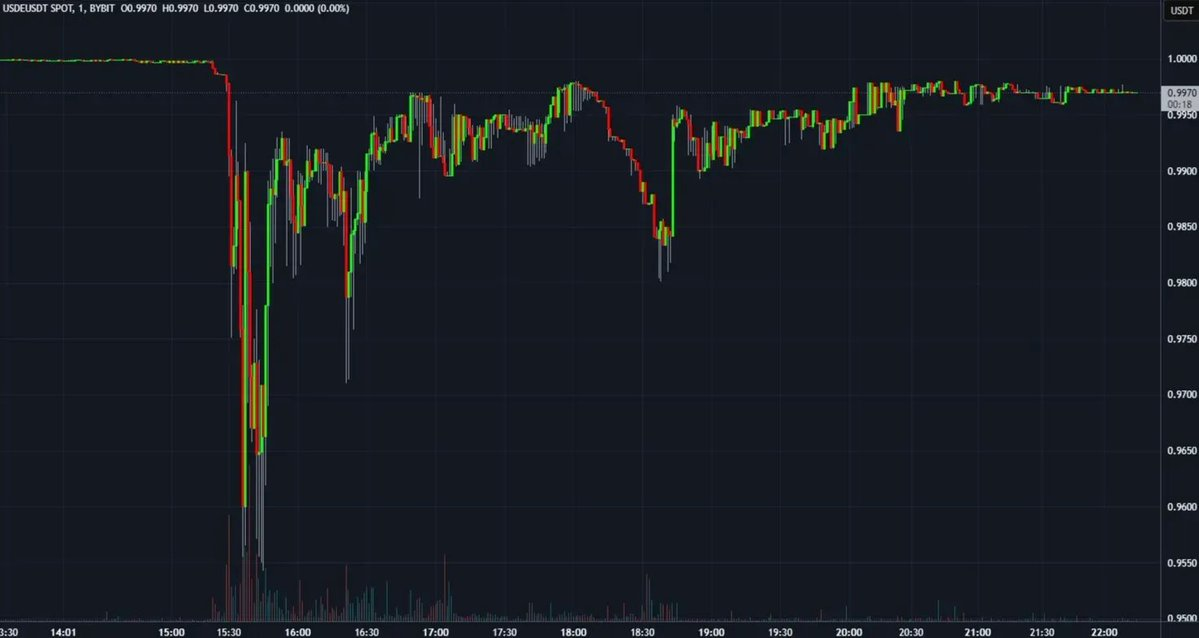
In contrast, on-chain pricing performance was more stable, with only a brief decoupling to US$0.994, and quickly recovered through arbitrage. This difference mainly stems from the redemption mechanism and the role of oracle machines.
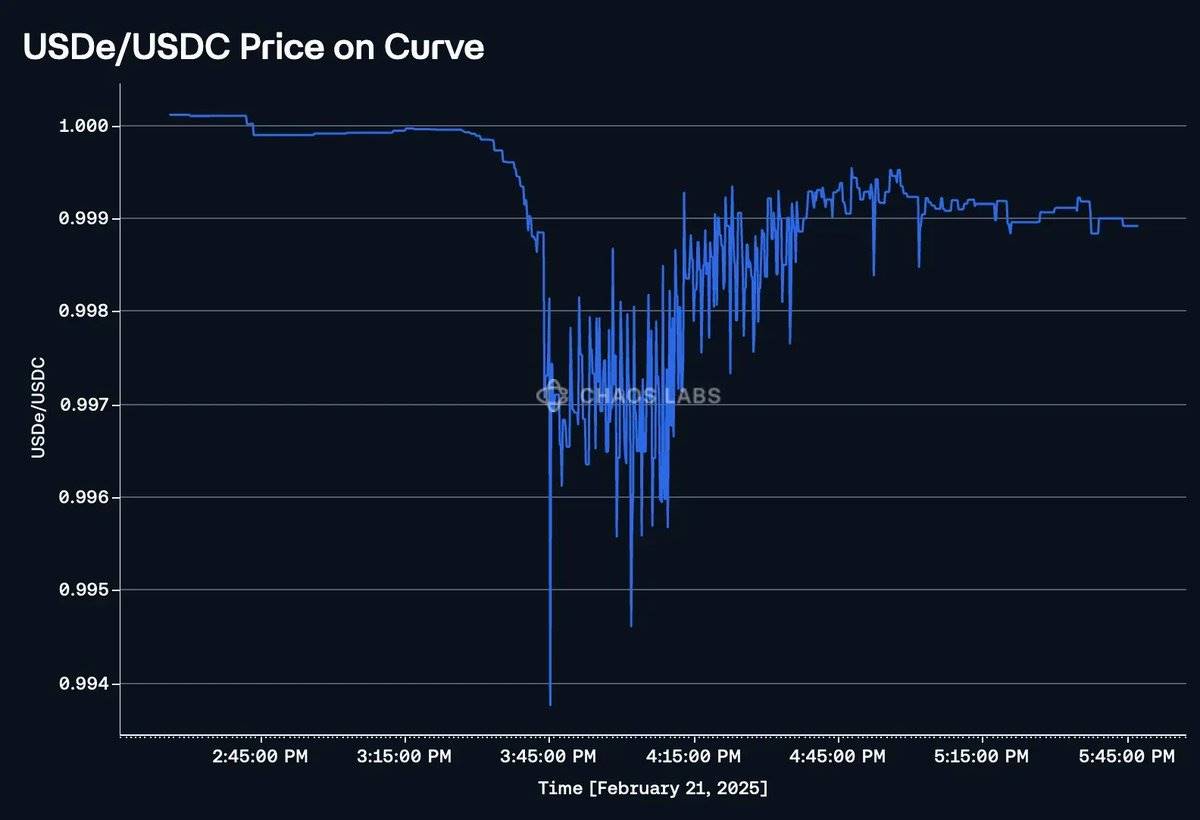
Unlike CeFi, USDe redemption can be made continuously and atomically along the chain through Mint and Redeem (Foundry and Redeem) contracts. USDe’s on-chain redemption mechanism worked smoothly, completing $117 million in redemptions within hours. Ethena Labs also raised the redemption buffer to $250 million and maintained price stability through continued replenishment until USDe resumes anchoring. Due to the atomic nature of USDe redemptions, white-list redeemors quickly closed the spread on Curve.

However, the anomaly of the oracle amplifies market risks. Chainlink’s USDe/USD price oracle deviated from the chain price and fell to $0.977, although the redemption mechanism was still operating normally.
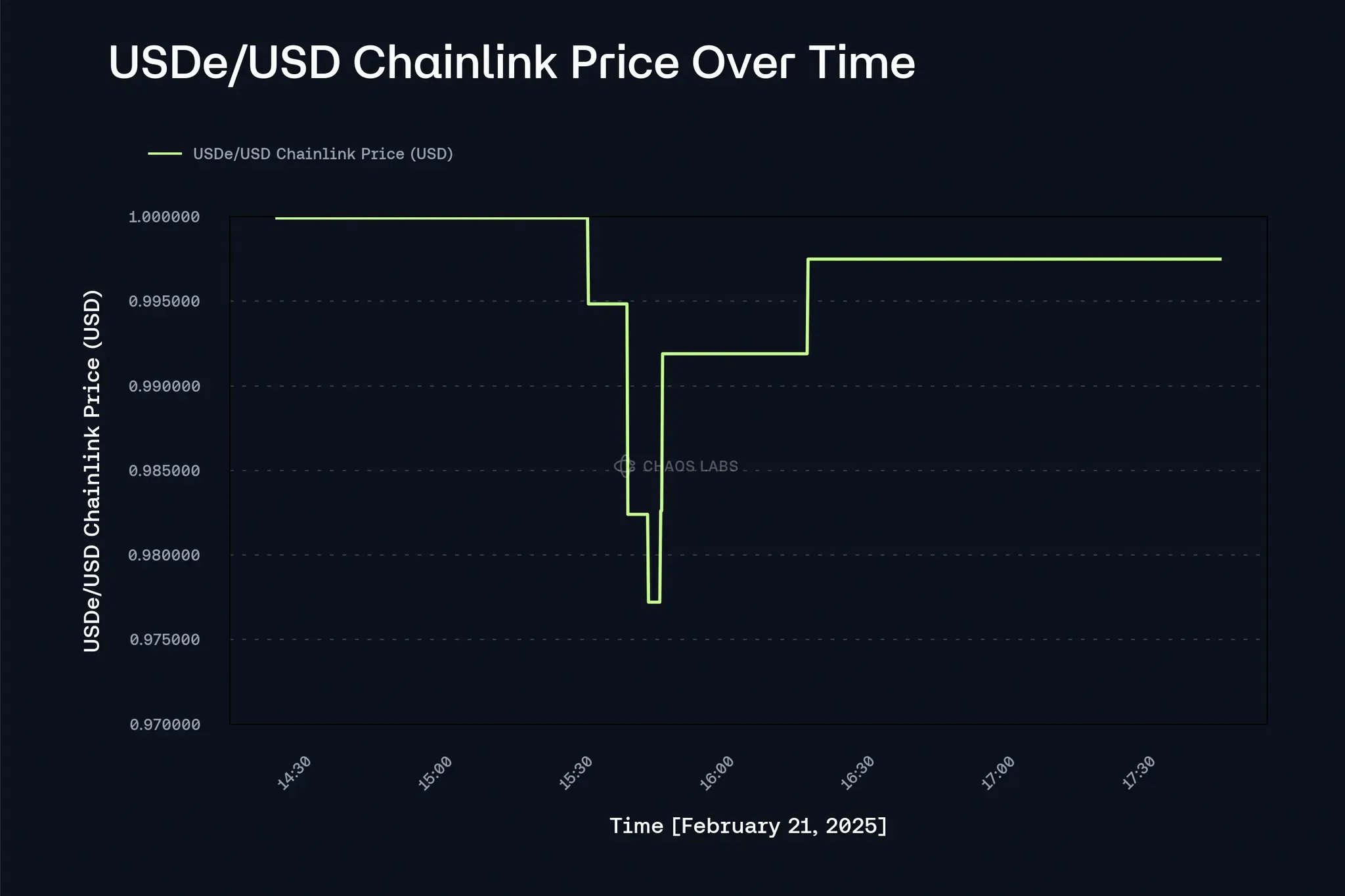
This deviation resulted in a $22 million liquidation on Aave, with traders liquidated due to secondary market price fluctuations despite the well-collateralized condition of their USDe assets.
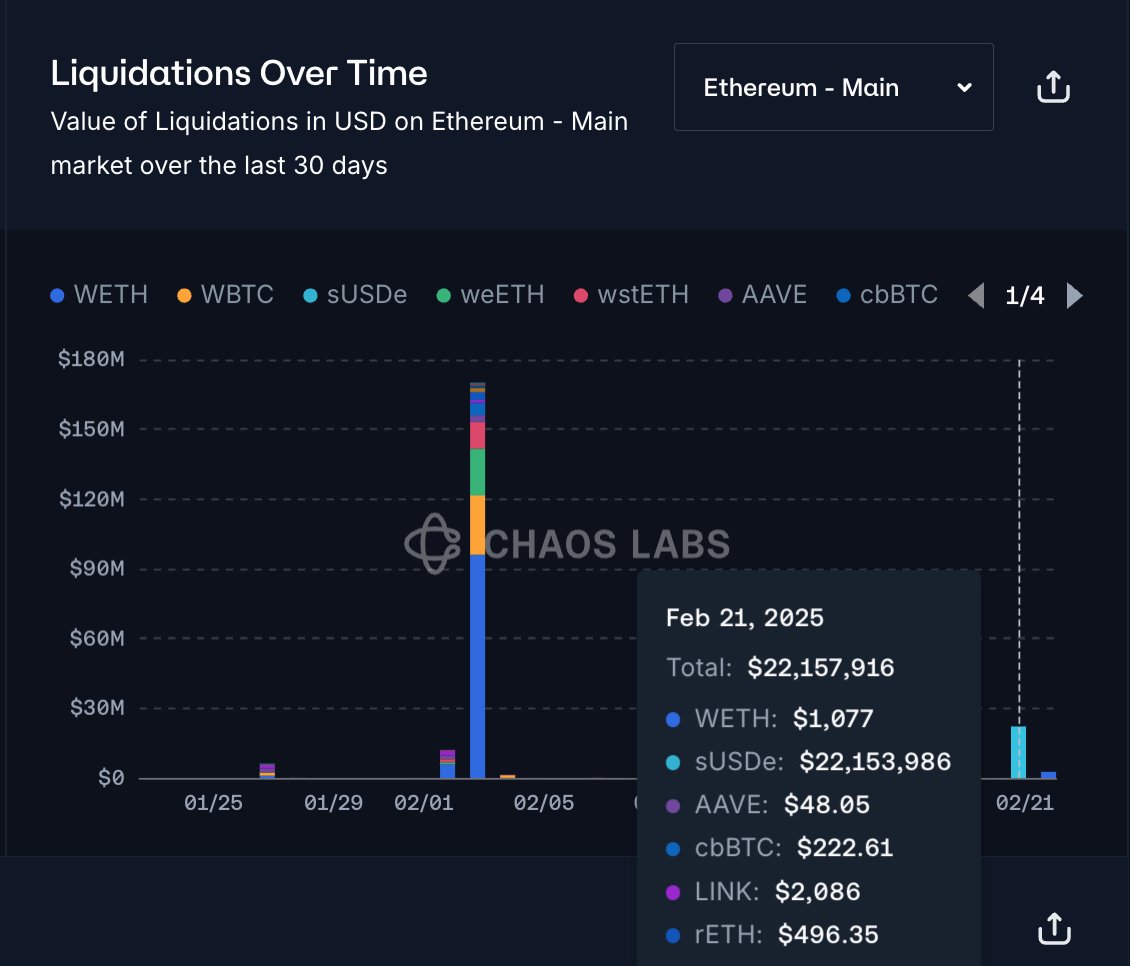
This highlights the room for improvement in the oracle mechanism. A smart data source that integrates proof of reserves may be able to provide more accurate USDe valuations and avoid unnecessary liquidation. Consider real-time redemption rather than relying solely on weighted average transaction prices. Such a smart oracle can:
-
Prevent unnecessary liquidation;
-
Maintain capital efficiency;
-
Reduce market pressure
What can be improved?
Risk, prices and reserves prove that data must work together rather than in isolation to ensure value and maintain the resilience of DeFi systems under pressure. The price oracle should reflect true collateral support, not just secondary market prices.
Overall, the DeFi ecosystem withstood this stress test. The Bybit team stabilized the market by maintaining transparent communication, the Ethena Labs team quickly eliminated risk exposure and ensured that redemption proceeded smoothly, and Aave effectively controlled risk without generating bad debts.
This incident shows that in order to build more resilient systems, the industry needs smarter oracles and risk-aware infrastructure to improve capital efficiency while ensuring security. It is only a matter of time before the next major stress test comes, and the industry needs to prepare for a rainy day.
Welcome to join the official social community of Shenchao TechFlow
Telegram subscription group: www.gushiio.com/TechFlowDaily
Official Twitter account: www.gushiio.com/TechFlowPost
Twitter英文账号:https://www.gushiio.com/DeFlow_Intern



